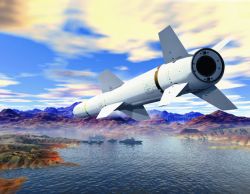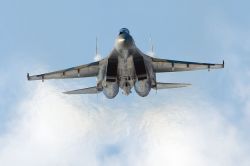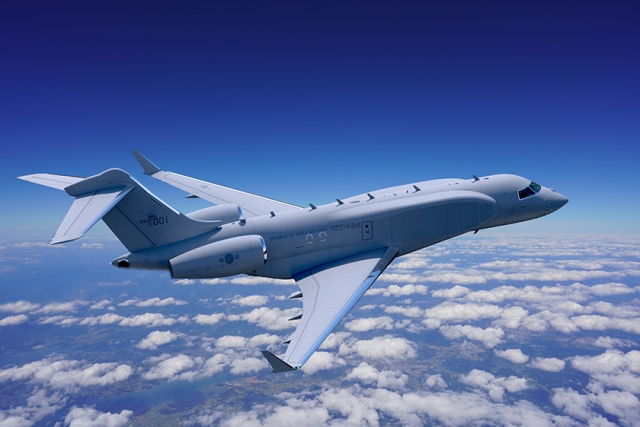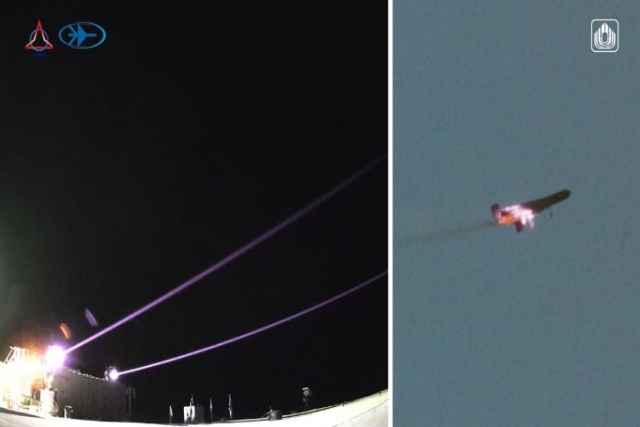US Navy RFI Issued For Over The Horizon Missile

US Navy has given requests for information (RFI) to industries for an over the horizon (OTH) anti-surface missile for next generation frigate design.
The RFI issued on June 15 asks industry for options for complete systems that includes the munitions, the fire control system and the launch system for the future missile with upward weight limits of 22,500 pounds, the USNI news reported Monday.
Till now two systems have emerged as possible contenders, first is Boeing with a modified version of its 1980s era RGM-84 Harpoon anti-ship missile. Another contender is a Raytheon-Kongsberg team with Kongsberg’s Naval Strike Missile (NSM) based on Kongsberg’s Joint Strike Missile (JSM).
The service tested a version of the NSM onboard the Littoral Combat Ship USS Coronado (LCS-4) last year. The Harpoon has been a mainstay aboard US ships for more than 30 years.
The striking power which an OTH missile brings to the US surface fleet has been folded into the Navy’s emerging “distributed lethality” concept.
The Navy’s anti-ship capability of its surface ships has suffered during the almost 15-year US focus in low-intensity ground conflicts in Afghanistan and Iraq.
As part of the distributed lethality concept unveiled this year by US surface warfare leaders, the modified LCS frigate design could work with existing guided missile destroyers in three to four ship surface action groups (SAGs) that could provide the US effective lower cost options for power projection outside of the larger carrier strike group construct.












